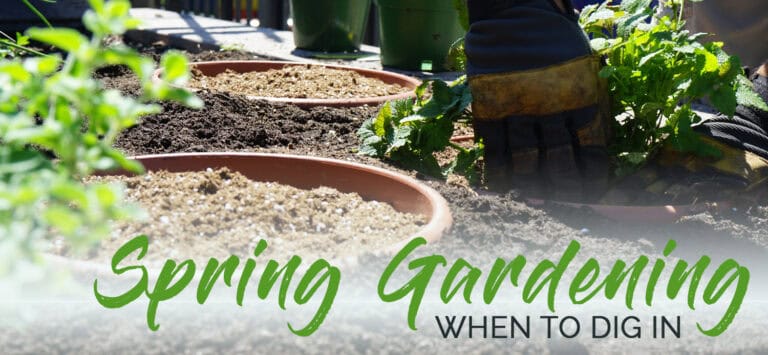
March 25, 2021
Here in Wisconsin, the spring season can be a bit of a tease. Just when you think it must finally be here for good, you wake up one April morning to find your lawn covered in a fresh blanket of snow. After a long winter, though, most of us can’t wait to get out into…
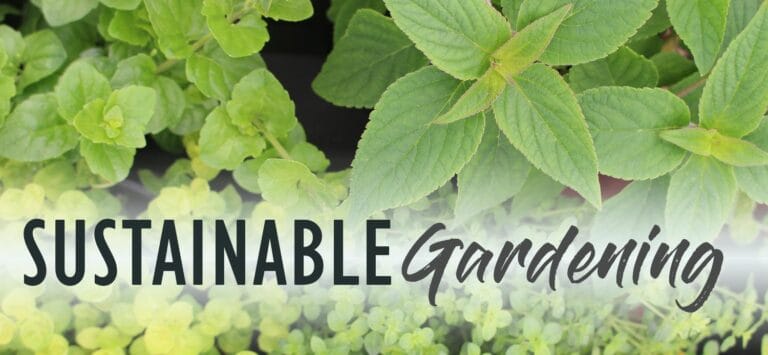
March 11, 2021
The term “sustainable gardening” may sound daunting at first, but it really boils down to a simple concept: enhancing your space while choosing methods that cause little harm to it. Concern for our environment and the desire to protect and preserve our world for future generations has prompted us to learn, explore, and implement sustainable…
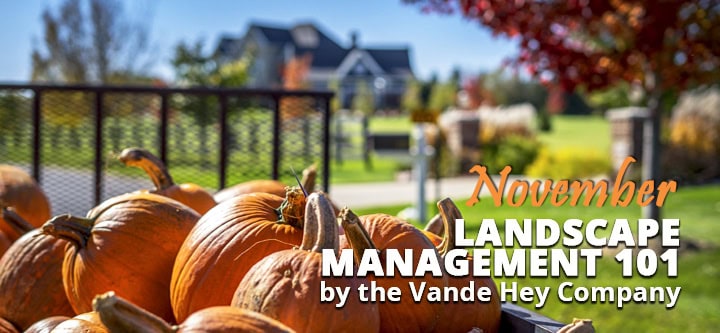
October 23, 2020
Beautiful autumn days mean comfortable working temperatures and hopefully time to continue prepping for winter. The more you do now, the easier things will be in the spring! Put things away, organize, protect, and enjoy the remaining fruits of your hard labor throughout this past year! EARLY NOVEMBER MID NOVEMBER LATE NOVEMBER
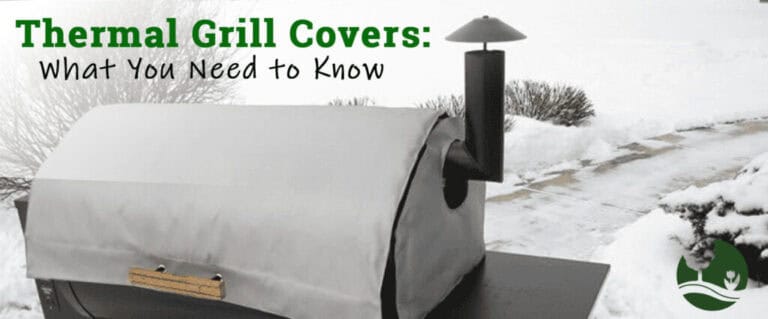
October 16, 2020
If you have purchased a pellet grill, you have most likely asked yourself if it is worth the extra investment for a thermal blanket, especially when you still need a regular cover, and you just purchased an expensive pellet grill. Here’s your short answer—yes. It will save you time and money and pay for itself!…
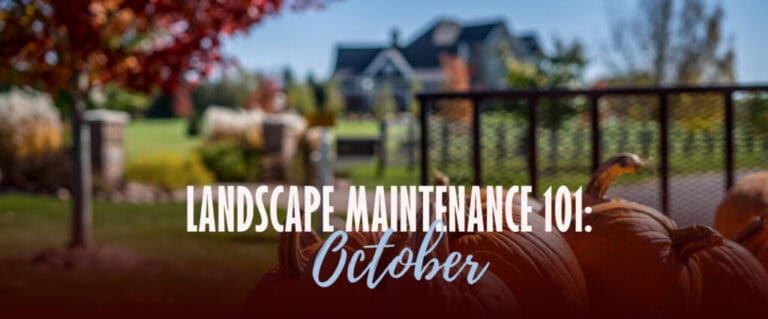
September 28, 2020
Winter is coming! Living in Wisconsin, we are accustomed to winter showing up early so, whether we like it or not, it is time to start preparing. Even light frosts can pose dangers for more tender plants like your begonias, tomatoes, and peppers. Be prepared ahead of time so you do not get caught off…
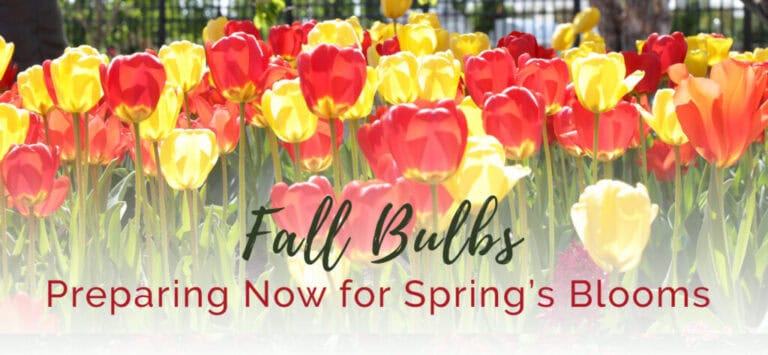
September 23, 2020
Fall is officially here and many of us couldn’t be more excited about mums, kale, pumpkins, and fall decor. Thinking of spring blooms is probably far from your mind! However, fall bulb care and planting is a small, but important, task on your fall landscaping “to-do” list that can make a beautiful impact statement for…
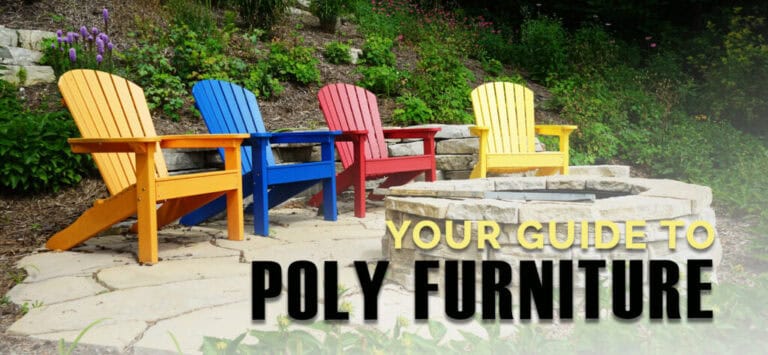
September 15, 2020
Polyethylene furniture (or “poly” as it is more often called) has quickly taken the outdoor furniture market by storm. Adirondack chairs, dining sets, lounge chairs, and even fire tables are now being made with the stuff. Why? Because it’s awesome. What is polyethylene? Polyethylene is a man-made plastic usually made from recycled materials. It is…

September 1, 2020
As we enter into September, the heat of summer will finally begin to diminish as we enjoy cooler evening temperatures. The cooler temperatures create a great opportunity for some transplanting, sowing grass seed, and utilizing various herbicides as we continue to enjoy harvesting various fruits and vegetables. Let’s dive into our September Landscape Management 101….
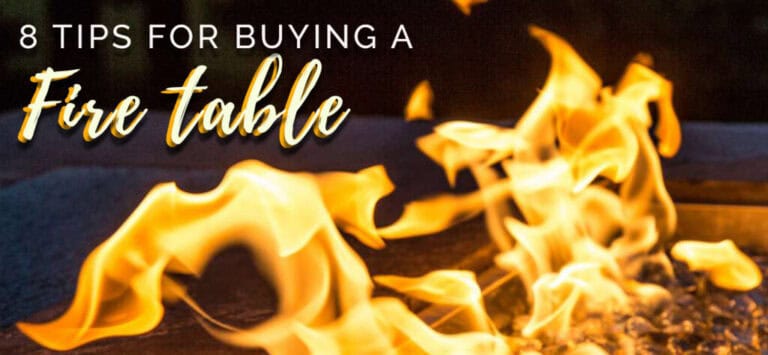
August 10, 2020
The demand for fire tables has escalated greatly in recent years due to their function as a patio centerpiece that creates both ambiance and warmth. They are quickly becoming the next “must have” for anyone with a backyard patio. Yet, there are many different price points, styles, and options. How do you choose? Here are…
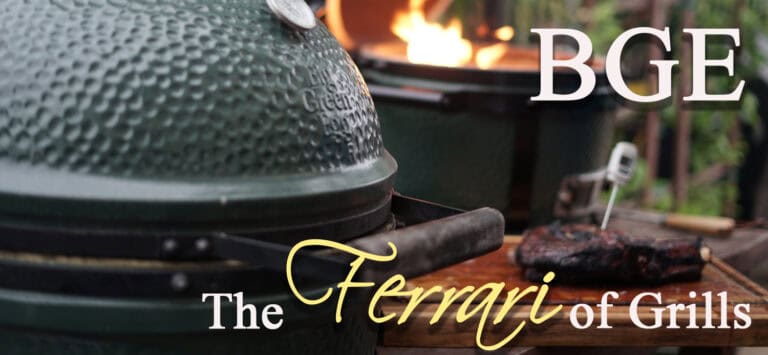
August 3, 2020
Most people have at least heard of the Big Green Egg (BGE). The signature green color and egg shape make it unique amongst all other grills but the appearance is just the beginning of what makes the BGE the ‘Ferrari” of grills’. Simply stated, the BGE stands alone as the highest quality and most versatile…
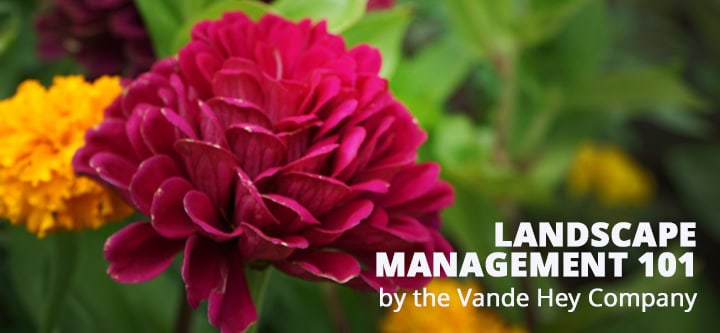
July 30, 2020
One more month of heat to go before things start cooling off! Luckily, August brings a lighter workload with a focus on continuing basic upkeep and spraying your favorite plants regularly to protect them until the feeding frenzy ends. Once the night temperatures begin to drop later in September many pests will return to the…
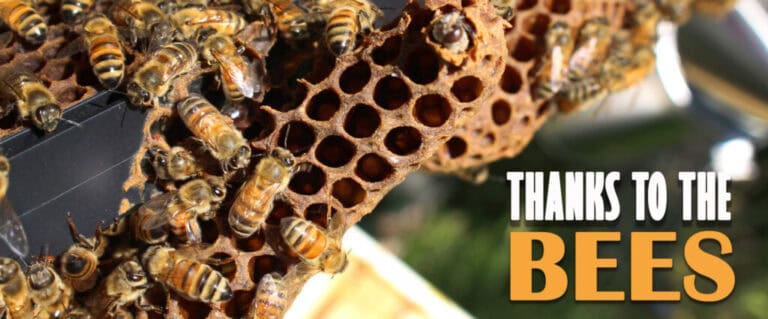
July 24, 2020
Let’s take a moment to thank our hardworking honeybees (Apis mellifera) and their dedication to pollinating our flowers! Bees are often considered the most important pollinators, with honeybees accounting for 84% of all insect pollination. These flying golden beauties are particularly good pollinators due to pollen-collecting structures on their bodies: the scopa (or pollen basket)…

July 7, 2020
Things are heating up and summer is moving full force ahead. Along with the heat, keeping things hydrated and battling disease will be our biggest challenge. Don’t forget to keep yourself hydrated as well as you move forward with your July Landscape Management 101! EARLY JULY MID JULY LATE JULY As always, let us know…
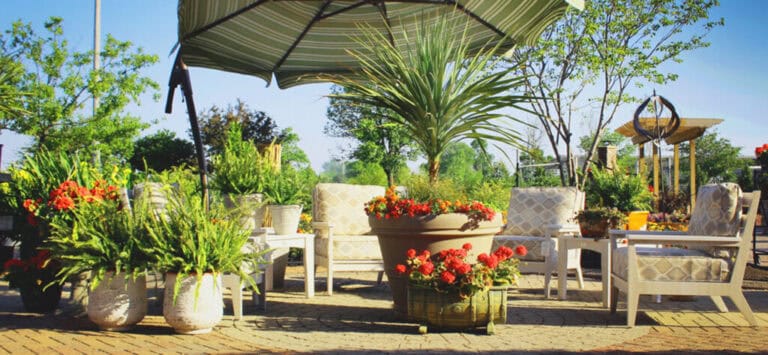
June 25, 2020
April Showers bring May… Well, we sure hope for showers instead of snow this year! As things continue to warm up, we can all get more and more active in the backyard! Here’s our list of things you can do in April!
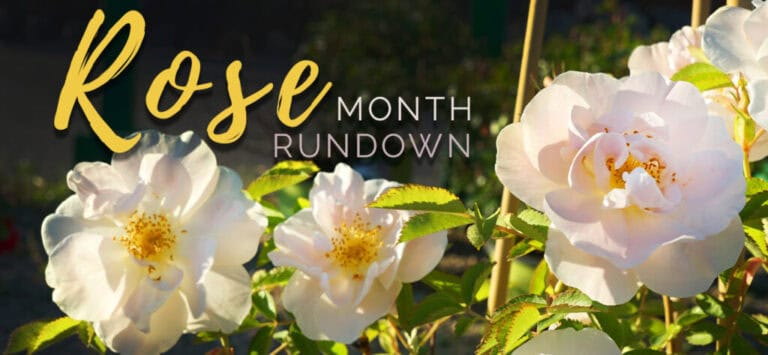
June 18, 2020
June is Rose Month—a time to celebrate one of the most iconic and beloved flowers in the garden. With their vibrant blooms and unmistakable fragrance, roses have long symbolized love, passion, and beauty. From classic literature to pop culture, their presence is everywhere—and for good reason. While roses are sometimes seen as high-maintenance, a little…

June 5, 2020
June is Rose Month, so let’s work hard, but don’t forget to stop and smell the roses! We are saying goodbye to the spring and hello to the start of summer! We will also be saying hello to gorgeous annual and perennial flowers and unfortunately the pests that come along with the warmer weather. Let’s…
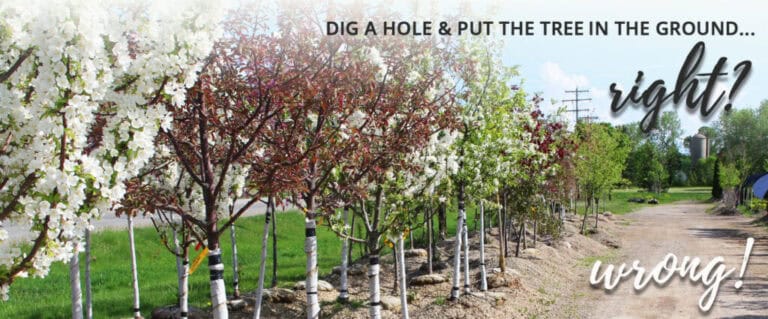
May 28, 2020
Planting a tree involves more than just digging a hole and putting the tree in the ground. If you want a beautiful, healthy tree, there are a few guidelines you should follow when planting to ensure long-term success. Check out these helpful tips and tricks! Here at Vande Hey Company, we do not want to…
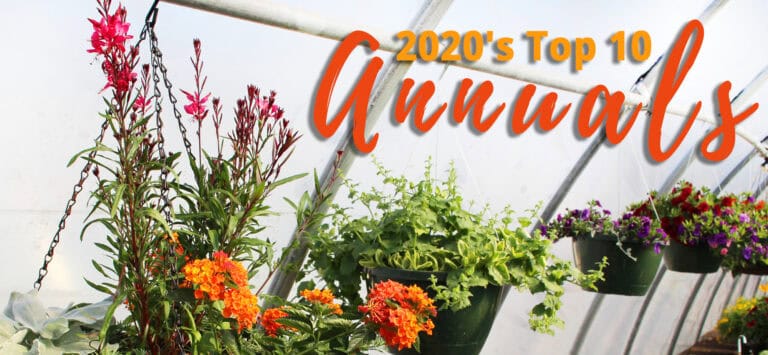
May 20, 2020
Every year we grow beautiful annuals perfect for containers or for annual beds. They provide extra color, texture, and also a variety of different heights. Check out our 2020 Top 10 Annuals to learn a little bit more about some of our favorites! 1) Profusion Zinnia- Providing bright colorful flowers spring through fall, this sun-loving…
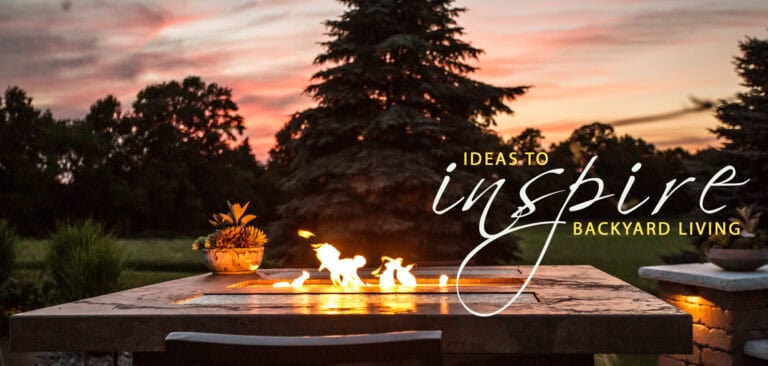
May 14, 2020
Looking for fun and unique ways to inspire outdoor living? Tired of looking at Pinterest ideas that seem unrealistic? Want to create your own backyard paradise, but not sure where to start? These ideas are for you! With ideas like these, little things go a long way! Try a few things this year, add a…
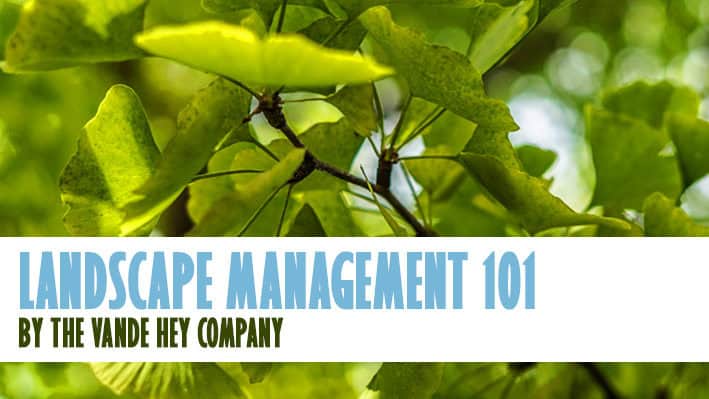
May 6, 2020
The weather is finally warming up, spring is in the air, and we cannot wait to get to work in our gardens! We survived the “April in Wisconsin Gauntlet” and all 5,236 different types of weather it threw at us. Now it is May! Everything is greener, brighter, and warmer! Let’s get to work! EARLY…
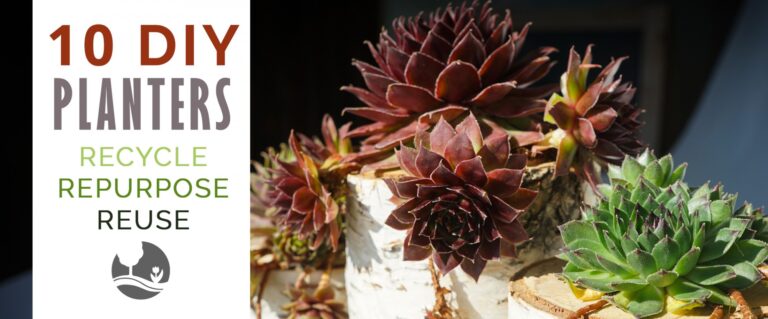
April 29, 2020
Are you looking for creative ways to bring new life to your yard? Are you looking for a fun DIY project that saves you money? Look no further! Recycling is not just separating some plastic bottles from the rest of your garbage; it’s also about reusing and re-purposing old items! Check out these unique planter…
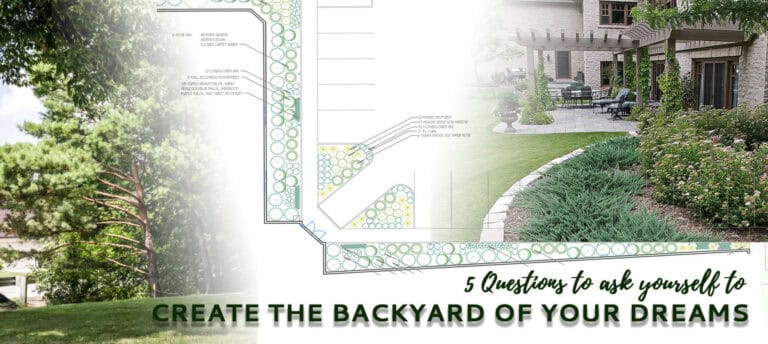
April 8, 2020
If you read “Backyard, Now What? Part 1,” you are already on your way to turning your backyard “blank page” into a beautiful masterpiece for you and your family to enjoy. However, like a good student, you should also make sure you are asking the right questions. Asking the right questions will not only help…

March 31, 2020
April Showers bring May… Well, we sure hope for showers instead of snow this year! As things continue to warm up, we can all get more and more active in the backyard! Here’s our list of things you can do in April!
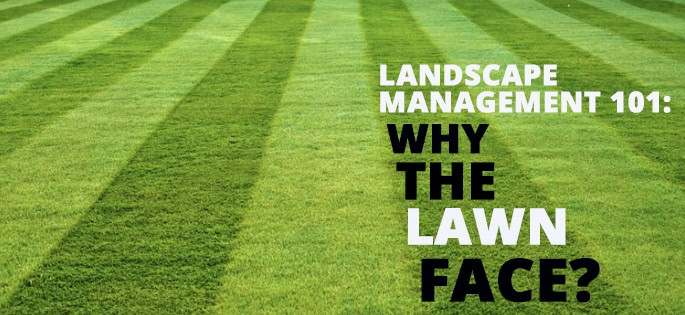
March 30, 2020
April is National Lawn Care Month and we want to share 10 fun facts and 10 fun tips about lawns and caring for them. With these facts you will not only appreciate your lawn more, but also learn how to take your lawn game to the next level. No more lawn face, it is time for your lawn to show that fresh cut, pearly green smile.




















